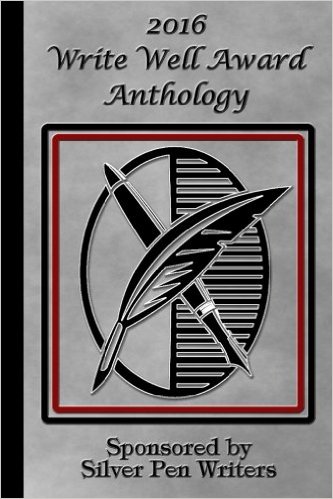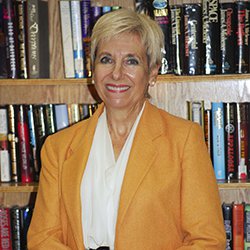If you’re looking for a day after Valentine’s treat, visit Hub City Tap House for the Converse MFA mic take-over. The event will take place on Wednesday, February 15 at 8 p.m. and is open to everyone. Readers will include a mix of poets, fiction, and nonfiction writers reading original content. Several of South 85 Journal‘s staff members will be featured in the showcase. Readers for this event include third semester poet Russell Jackson, second semester Young Adult fiction writer Josh Springs, third semester fiction student Linda Meredith, graduate poet Kathleen Nalley, third semester fiction author Mackinley Greenlaw, third semester fiction student Katie Sherman, and third semester non-fiction author Jonathan Burgess. The take-over, hosted by Pints & Poets, is one in a series of readings that takes place every third Wednesday during the Spring and Fall months. Continue below for reader bios:
Russell Jackson holds a BA from The Evergreen State College and is a current poetry student in the MFA Creative Writing program at Converse College in Spartanburg, SC. He serves as a poetry editor at South 85 Journal and his poetry was recently published in the Summer 2016 issue of The Donut Factory Literary Magazine. His academic interests are concentrated in LGBTQ literary and cultural studies. Literary heroes include Flannery O’Connor, Harper Lee, Eudora Welty, Paul Monette, Edmund White, Richard Blanco, and Nickole Brown. He currently writes and resides in Hendersonville, NC.
Josh Springs is a South Carolina native and has worked for multiple literary magazines, including the Mountain Laurel and South 85 Journal. Josh is a second semester, young adult fiction writer in the Converse College Low Residency MFA program. His favorite authors are Adi Alsaid, Patrick Ness, Flannery O’Connor, Edgar Allen Poe, and Laurie Halse Anderson.
Linda Meredith is a current fiction student in the MFA Creative Writing Program. She is also the editorial contractor for Great Jones Street Press. In her fiction, you will often meet a darker, troubled character in a seemingly normal world. Her literary inspirations include David Foster Wallace, Ernest Hemingway, George Saunders, Raymond Carver, and Grace Paley. She currently writes in Spartanburg, SC where she lives with her husband and their English Coonhound, Memphis.
Kathleen Nalley is the author of the poetry chapbooks Nesting Doll and American Sycamore, and the upcoming full-length collection, Gutterflower (Red Paint Hill Press). Recently, her poetry has appeared in concis, Fall Lines, New Flash Fiction Review, and Slipstream, and in the violence against women anthology from Sable Books, Red Sky. She holds an MFA from Converse College, teaches literature and writing at Clemson University, and finds books their forever homes at M. Judson Booksellers.
Mackinley Greenlaw is a rank amateur currently sussing out his cultural value in Greenville, SC. His fiction is appalling, both literally and morally, and is best suited for a captive audience
Katie Sherman is a freelance journalist who covers fine food and parenting in Charlotte, NC. As an undergraduate, she was mentored by Pulitzer prize nominee George Esper at West Virginia University. Katie is currently pursuing an MFA degree at Converse College. She has an affinity for Southern Gothic literature, cider beer, Chicago, and morning snuggles with her family — Ben, Ella and Addie. Katie is the new Blog Editor for South 85 Journal. She’s currently working on a short story collection about social taboos afflicting women.
Jonathan Burgess is a South Carolina native and a Marine combat veteran of the war in Afghanistan. He holds a BA in English Language and Literature and currently studies creative nonfiction writing in Converse College’s MFA program. His work has appeared in O Dark Thirty; Blood & Thunder; The St Austin Review; The Journal of War, Literature, and the Arts; and Catholic Exchange. He lives in upstate South Carolina with his wife and four children.















